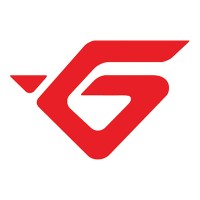
BMW Group
With its four brands BMW, MINI, Rolls-Royce and BMW Motorrad, the BMW Group is the world’s leading pre-mium manufacturer of automobiles and motorcycles and also provides premium financial services. The BMW Group production network comprises over 30 production sites worldwide; the company has a global sales network in more than 140 countries. In 2024, the BMW Group sold over 2.45 million passenger vehicles and more than 210,000 motorcycles worldwide. The profit before tax in the financial year 2024 was € 11.0 billion on revenues amounting to € 142.4 billion. As of 31 December 2024, the BMW Group had a workforce of 159,104 employees. The economic success of the BMW Group has always been based on long-term thinking and responsible action. Sustainability is a key element of the BMW Group’s corporate strategy and covers all products from the supply chain and production to the end of their useful life.






